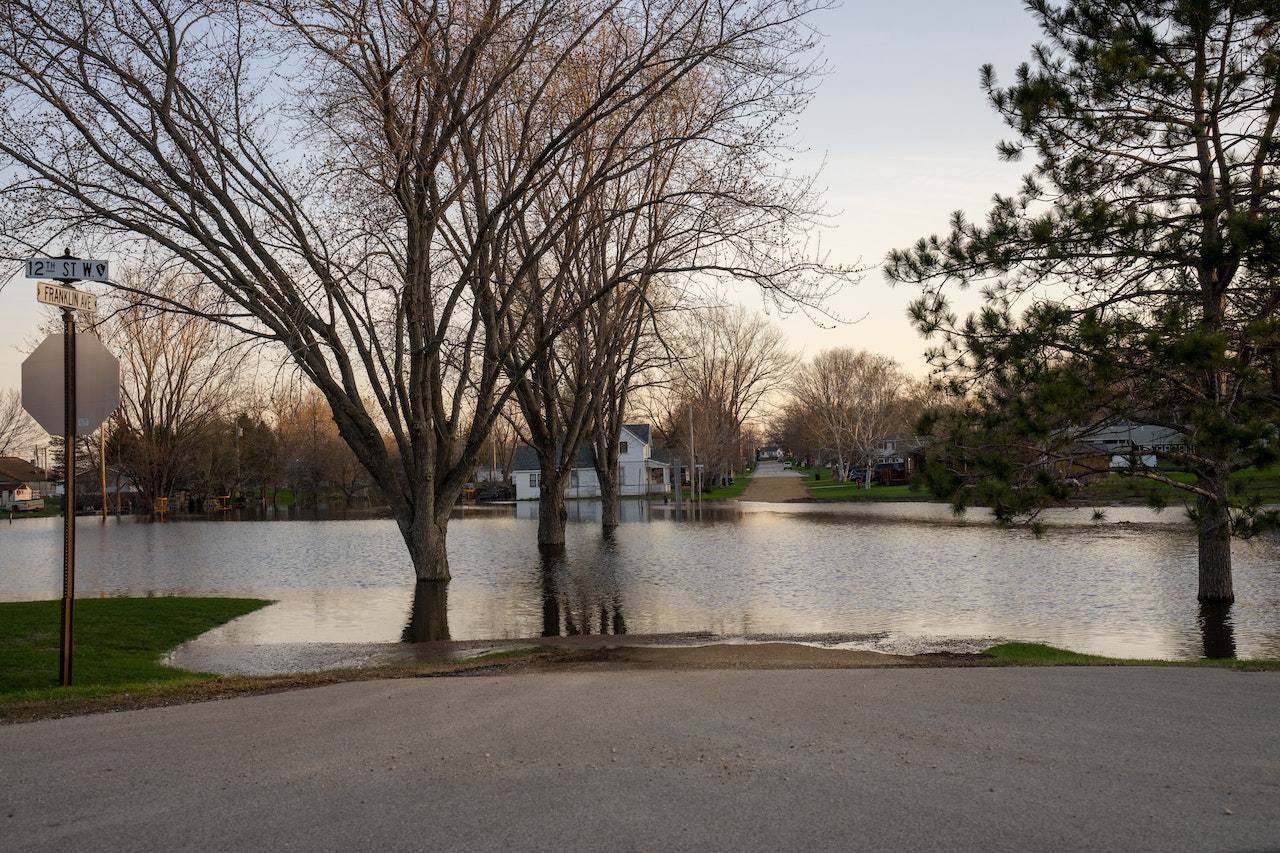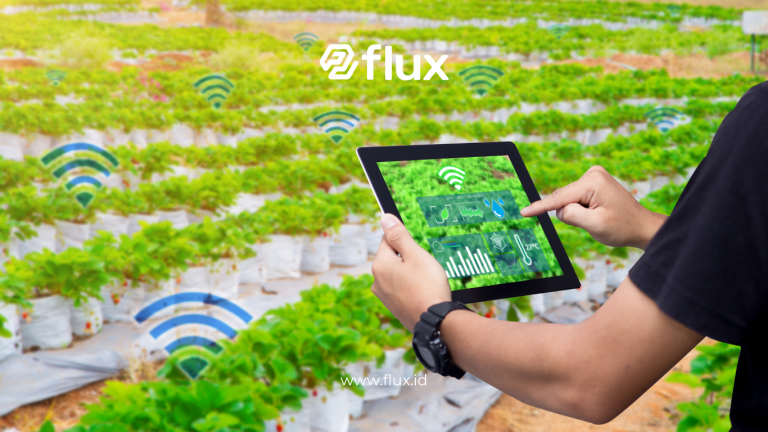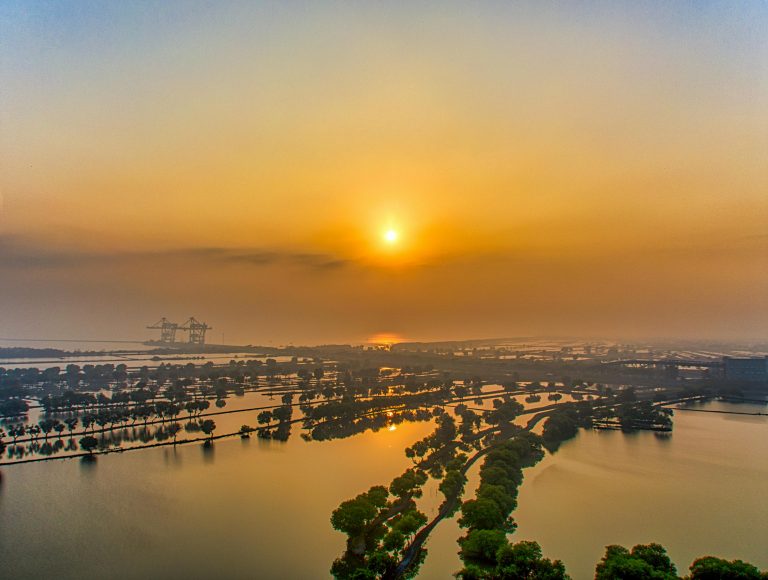Don't miss our holiday offer - 20% OFF!
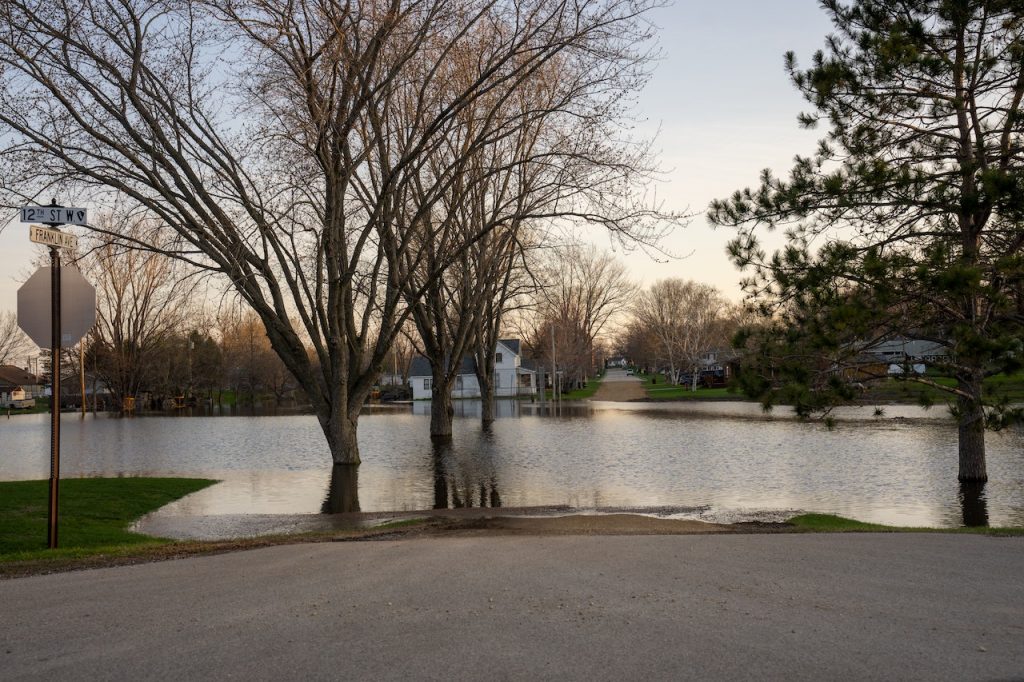
Read also : Implementasi IoT Pertanian dengan fluxFarming
Floods, among the most devastating natural disasters globally, cause financial losses, environmental damage, and tragic loss of lives. To mitigate these impacts, water sensors play a vital role. This article explains their function in flood prediction and prevention, emphasizing their paramount role.
Contents
The Significance of Flood Monitoring
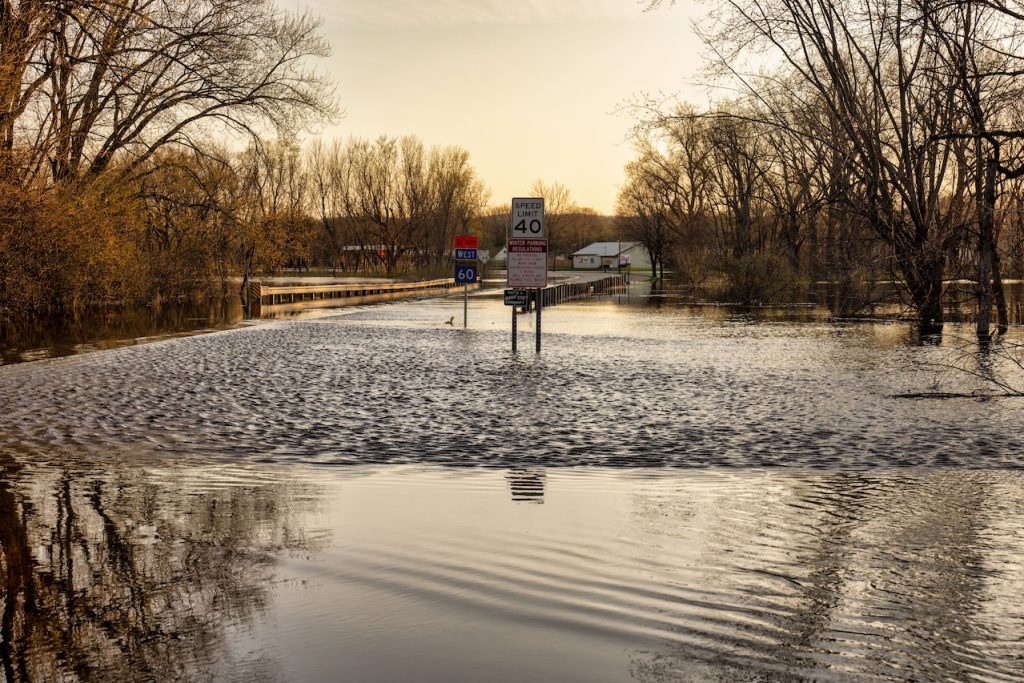
Read also : Participation at Communic Asia 2023 in Singapore
Before delving into the intricacies of water sensor technology, it is imperative to comprehend why flood monitoring is so crucial. Floods often occur due to heavy rainfall, rising river water levels, or high tides. Without accurate monitoring, floods can catch communities and governments off guard, resulting in significant damage and even threatening lives.
By monitoring changes in river water levels, rainfall patterns, and other environmental conditions, we can more accurately identify flood potential. This is where water sensor technology plays a pivotal role.
Water Sensor Technology: How It Operates
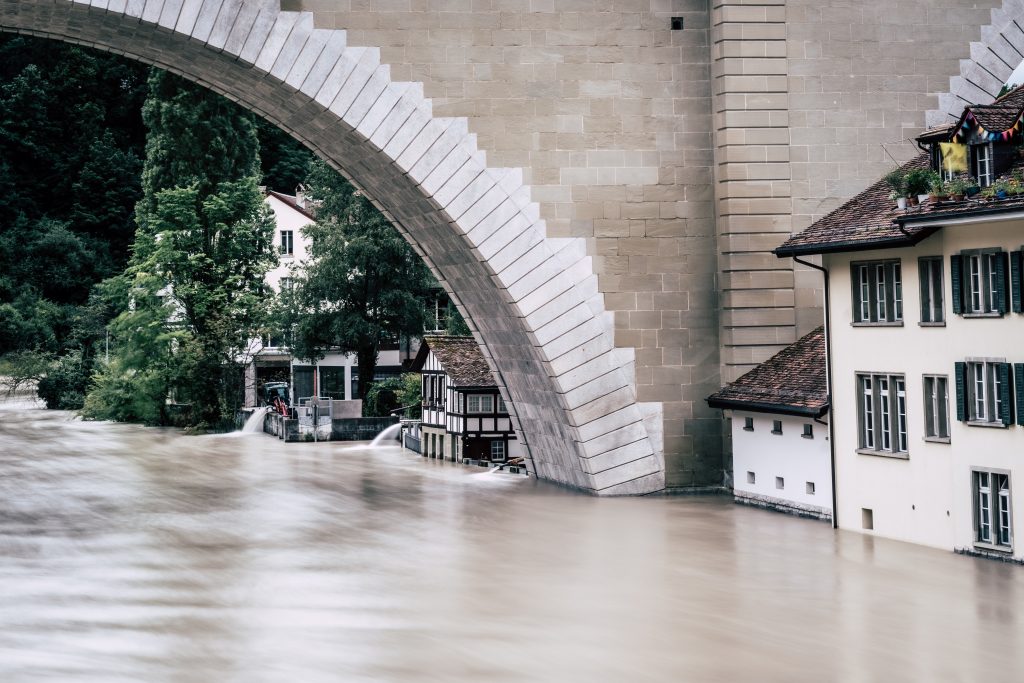
Read also : Automated Parking Concept: Smart Solution for Availability
Water sensor tech encompasses devices specially designed to measure and monitor water levels in various locations, including rivers, lakes, and flood-prone areas. This technology operates based on several fundamental principles:
- Ultrasonic Sensors: Ultrasonic sensors measure water levels by sending sound waves and measuring their reflections. As water levels rise, the time taken for sound waves to return changes, providing an indication of the current water height.
- Pressure Sensors: These sensors measure water pressure at the bottom of rivers or reservoirs. The pressure level varies with water height, and this information is used to calculate the exact water level.
- Contact Sensors: Contact sensors are typically placed along rivers or drainage channels. They detect water height when it reaches the sensor. When water makes contact with the sensor, data is transmitted for monitoring.
- Optical Sensors: Optical sensors use laser or infrared beams to measure the distance between the sensor and the water surface. Changes in this distance are used to calculate water height.
- Weather Sensors: In addition to water-specific sensors, weather data, including rainfall and air temperature, is crucial for flood prediction. Weather information complements water sensor data in understanding potential flood conditions.
Benefits of Water Sensor Technology
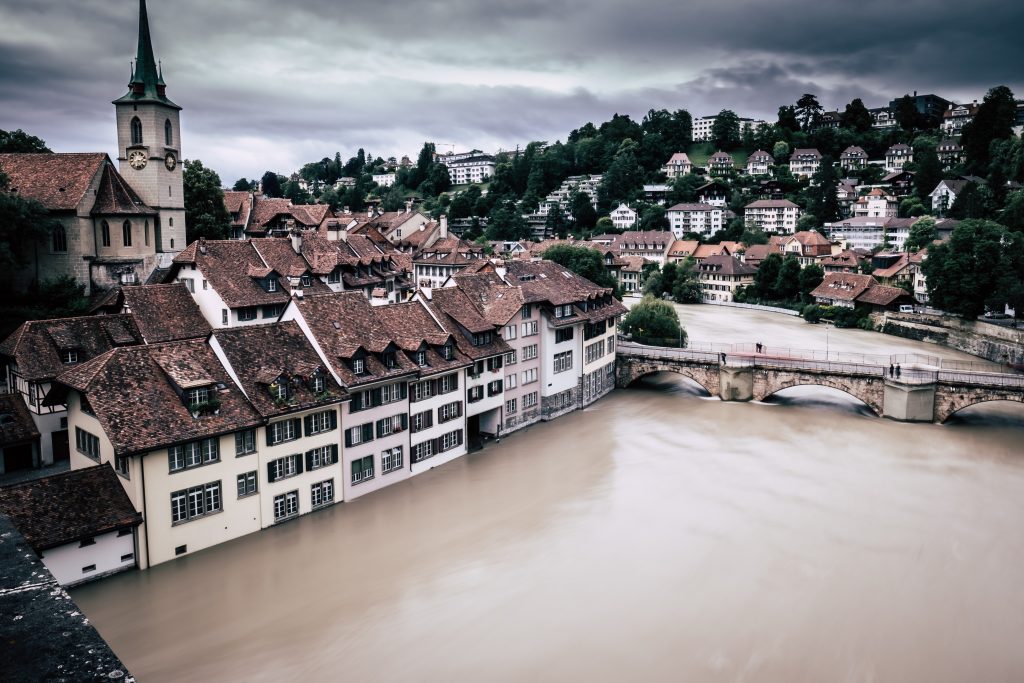
Read also : Security and Privacy in Connected Parking Systems: Challenges and Solutions
The implementation of water sensor tech yields significant benefits in predicting and preventing flood disasters:
- Real-Time Monitoring: Water sensor technology provides accurate, real-time data on water levels, enabling governments and communities to take prompt action when flood risks increase.
- Early Warning Systems: With proper monitoring, water sensors can issue early warnings about potential floods, providing more time for people to evacuate and protect their belongings.
- Development Planning: Data collected by water sensor technology can be used for better infrastructure planning, such as constructing more effective levees or drainage systems.
- Environmental Impact Mitigation: By predicting and preventing floods, water sensor technology also helps protect natural environments from flood-induced damage.
Conclusion
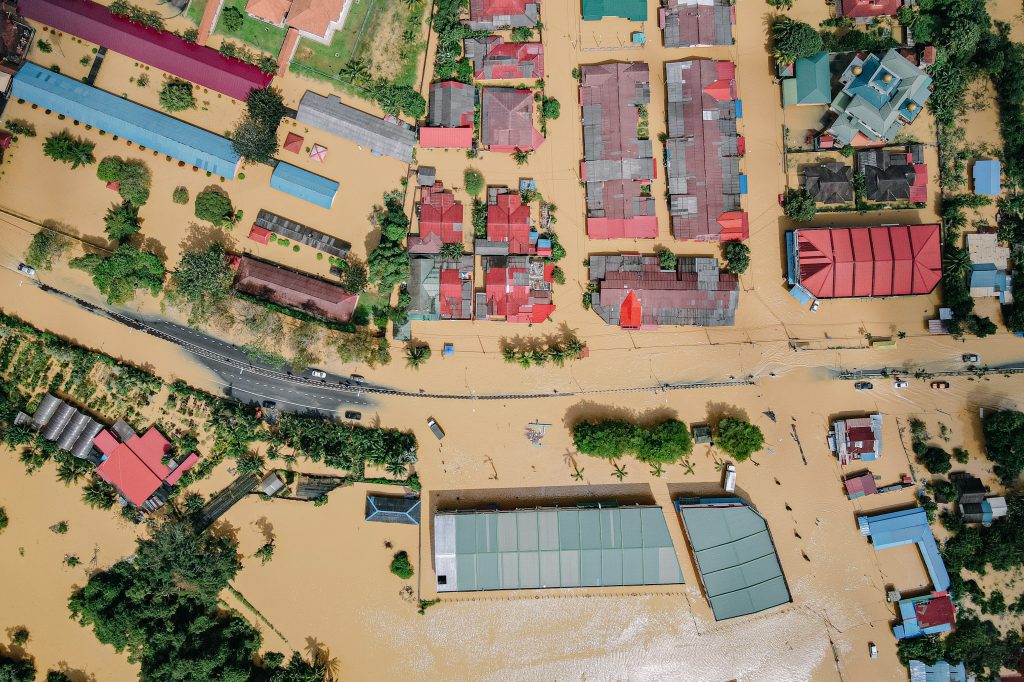
Read also : Security and Preparedness Enhanced by Smart EWS Technology
Water sensors are crucial for predicting and preventing flood disasters. By monitoring river levels, rainfall, and the environment, we can mitigate flood impacts, protecting lives, property, and nature. Advancements in sensor tech and broader monitoring networks help combat climate change-induced flood threats, securing our future from avoidable disasters.


